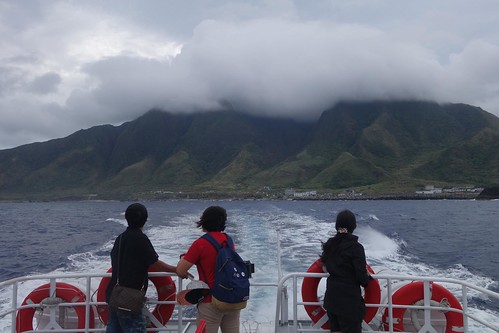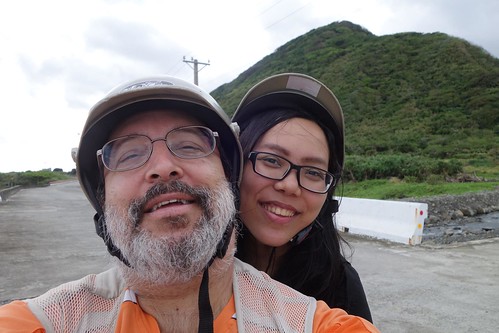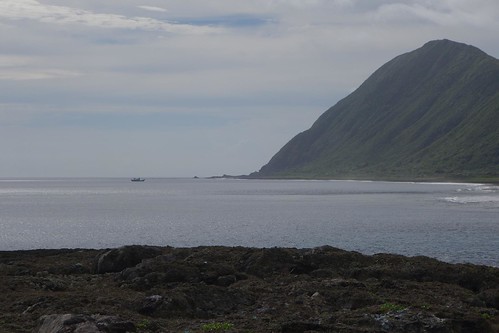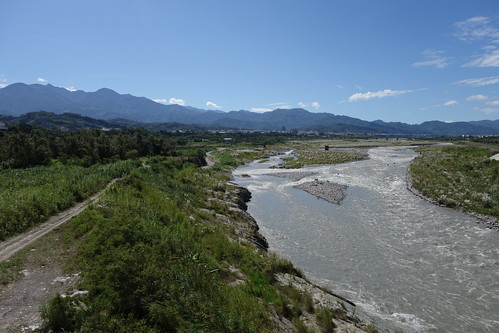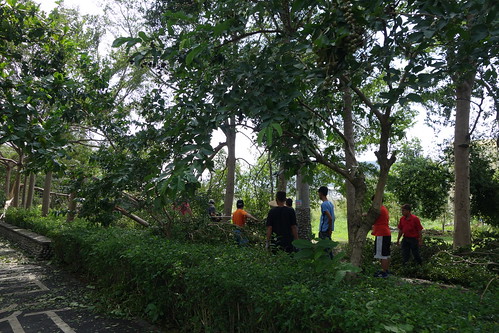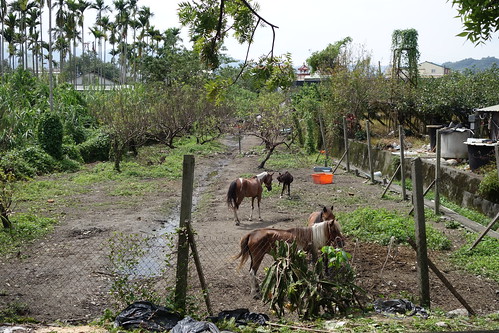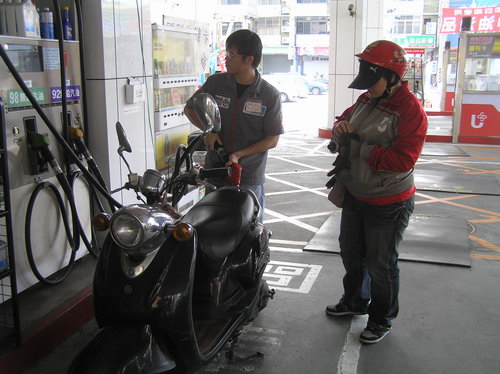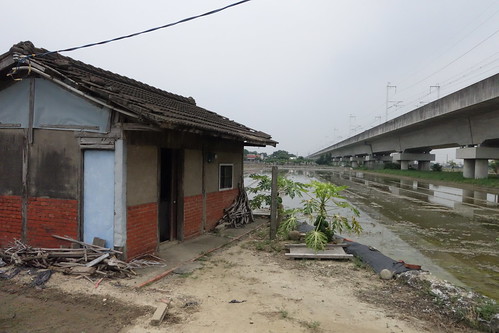And so, after all the noise and complaints, KMT heavyweight Lien Chan went off to China for the 70th anniversary of WWII festivities there. Taipei Times reported:
Regarding President Ma Ying-jeou’s (馬英九) warning that Lien’s participation in Beijing’s military parade would not be “appropriate,” Chang said they could arrive at the same end by different means and that historical interpretations should be open to exchanges of opinions and reconciliation.The Lien clan has its business interests to look after, so grandpa Lien is heading off to Beijing. Solidarity translated some Storm media pieces on Ma's anger.
Despite Chang’s sugarcoating of Lien’s widely criticized China visit, a group of young Taiwan Solidarity Union (TSU) members and a number of pro-independence advocates staged a protest at the airport, accusing Lien of humiliating and selling out Taiwan.
The Journalist published a piece saying that Ma had blocked Wang Jin-pyng from the Presidential candidacy and wrested the KMT from current Chairman Eric Chu, forcing ideologue Hung Hsiu-chu on the KMT as his candidate, as many of us had deduced. Solidarity translated:
But Chu’s envisioned KMT was completely at odds with the party-state framework established by Ma Ying-jeou, where the party is an auxiliary organ of the government. Because Chu’s party and Ma’s government were at odds, Chu never had the last word. The true power was still behind the scenes, in the hands of “the party member with the greatest political authority,” President Ma. Policy was still decided by the Presidential Office and Executive Yuan, so it was unsynchronized with Chu’s party’s proposals. Although Chu was the chairman, he did not have the slightest influence over policymaking. It was just too difficult for the KMT to turn over a new leaf. There was no chance for “Chu’s path” to be taken.That's good news, because with Ma running things the KMT will fade that much faster...
Speaking of fading, Solidarity also had some poll numbers out of TISR. Recall that TISR was originally the Global Views polling center, which allegedly the KMT forced to shut down when its polls found that Tsai Ing-wen was leading Ma in the fall of 2011 in the run-up to the 2012 election. TISR, which is not a pro-Green organization, has the KMT's Hung Hsiu-chu with a mere 12.7% support among voters, with Tsai at 37% and Soong at 19%. This is in line with other polls. For example, a KMT internal poll had her at 18%, while the Liberty Times had Hung at 12.7%, with Tsai at 45%.
Hung's fade into irrelevance is leading to constant rumors that the KMT is going to replace her. But with Ma in charge, that isn't going to happen. FTV English News reports on this (video). Hung responded to the rumors of her imminent political demise with her trademarked China-flavored ideological bombast:
“Do you know how many times Sun launched insurrections against the Qing Dynasty before he finally succeeded? How could the ROC have been established if he had given up after just a single failure?” she said.Solidarity also highlighted that the TISR poll said 50% of the people want independence "no matter what." Note also that only 17.6% support annexing Taiwan to China -- just 3.8% strongly support. That's Hung's diehard base: 3.8% of the population.
A candidate can be changed and registered in time for the election until the last week in November.
More telling is the data breakout, where Tsai is actually up 3% among independent voters, while Soong fell and Hung barely has any independent support. Soong also fell among Green voters, meaning that his ability to draw centrist voters is collapsing as everyone is reminded who he really is (note the slide from 24% support in June to below 20% now). I expect that his support will continue to gently glide downward. Again, Soong polled as high as 10% in the 2012 election before crashing at below 3%. In the party favorability index the DPP is also trending slightly upward. Back in June the NCCU election studies center was showing falling KMT party identification coupled with rising DPP. Can't wait to see their Sept numbers.
All signs are green at the moment...
____________________
Daily Links:
- Japanese porn star appears on Easycards, causes public furor. Mayor Ko of Taipei wants them not to be further printed or distributed.
- Former Keelung City Council Speaker -- KMT -- gets 20 years. Former Nantou County Chief got 30 years, news will be out in English tomorrow. But people still vote KMT in those places.
- Photo exhibition in Paris of old Taiwan images from 19th century, among others
- Taipei Times refers to the "barren" heart of Yilan. Say what? h/t to T. Fox
- Articles from Taiwan Braintrust, the pro-Green think tank, on many useful issues.
- Another piece on HKKers moving to Taiwan
- Tsai Ing-wen says she wants affordable housing for all.
- Raise of Chinese tourist cap criticized. We don't need them, they're a net cost to Taiwan
- Taiwan losing export share in China, now down to fourth with just 8.5% of China's imports
- SURPRISINGLY GOOD: Globe and Mail with a delicious, nutritious piece on the upcoming elections, Taiwan-China relations, etc. Another piece that shows that one of the most important effects of the student movement was to make it ok for the international media to talk openly and concretely about how Taiwan does not want to be part of China. And don't miss the (typo?) where Ma says Taiwan has been Chinese for 70% of the last "3,000" years.
- NOT TO BE MISSED: Solidarity at ACT on Curriculum protests and US-Taiwan relations
[Taiwan] Don't miss the comments below! And check out my blog and its sidebars for events, links to previous posts and picture posts, and scores of links to other Taiwan blogs and forums!
